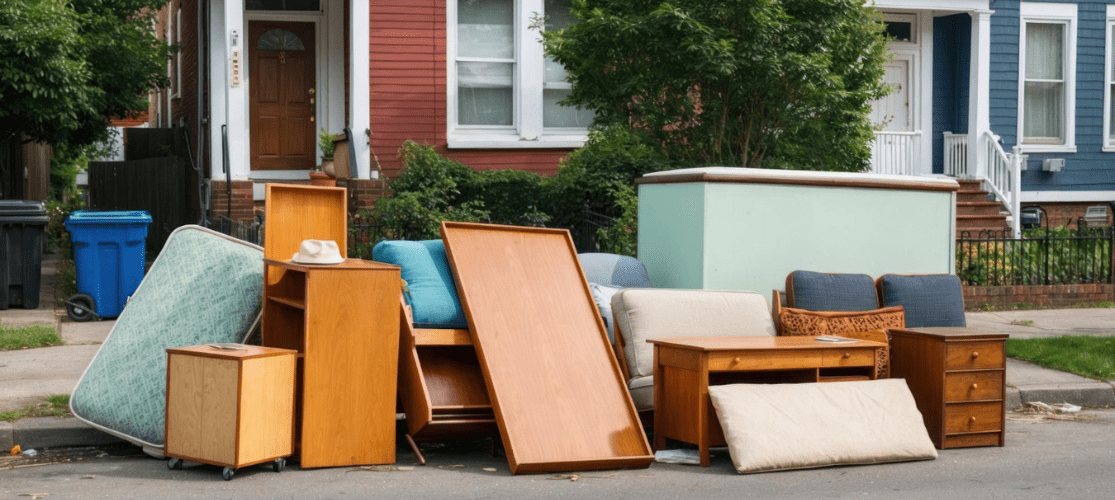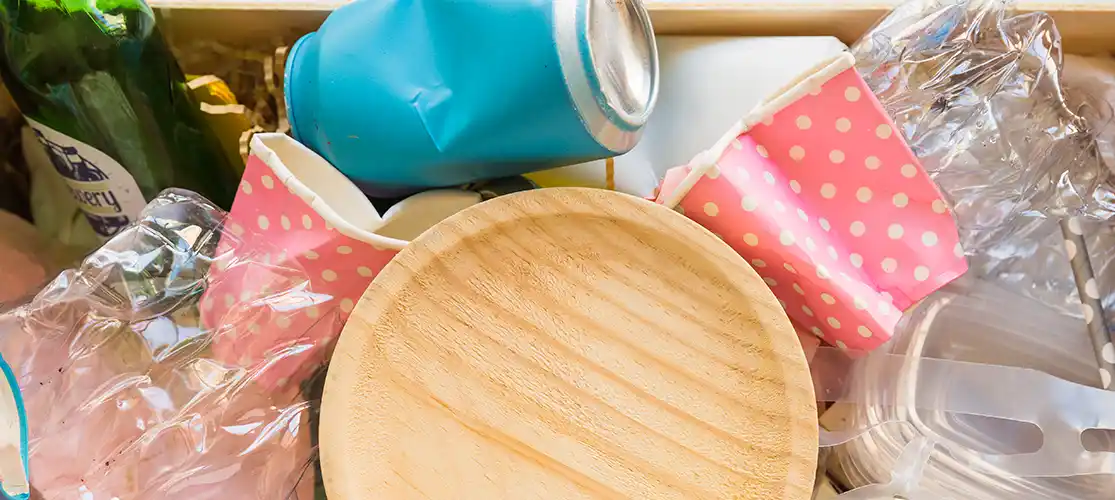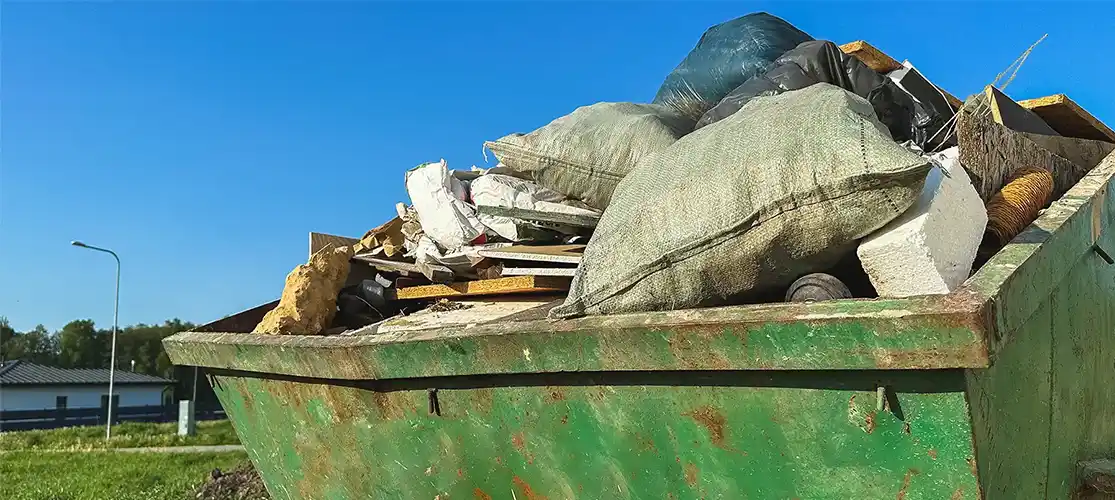The UK is the second largest producer of electronic waste (e-waste) in the world. In 2022/23, 60% of fly tips involved household waste and equated to a total of 653,000 fly tipping cases.
We know that there can be a lot of uncertainty when it comes to correctly disposing of old household appliances in an environmentally friendly and safe way, so we’ve put together some key pointers to help you out.
What is E-waste?
E-waste is the term used to describe electronic and electrical devices that are no longer in use. This includes anything with a plug or a battery, such as toasters, blenders and mobile phones. If electronic items are dumped into landfill, they can release toxic substances such as lead and mercury which can leach into the soil and water, causing numerous potential health hazards for humans and animals.
What to do when an appliance breaks
Always check the warranty. Depending on the appliance, a repair may cost less than a total replacement and is a more eco-conscious approach. If the brand can’t replace the appliance, there are a range of independent appliance repair companies who can.
How to dispose of old household appliances
There are a number of different ways you can get rid of old household appliances, depending on where in their life cycle they are.
Recycle
If your appliance is at the end of its life, you can take it to your local recycling centre. This is ideal for smaller electrical appliances, such as microwaves and toasters. However, some councils offer collection services for larger items too – including electrical appliances like fridges and washing machines, and furniture.
Donate
If your appliance still works but is no longer wanted, you could find it a new home instead. Some charity shops will accept electrical donations, but be sure to check before attempting to drop anything off.
Sell
Alternatively, you could ask family and friends if they’d be interested in your appliances or advertise the item on Facebook marketplace, ebay or GumTree.
Repair
If your kettle needs a new element or your device has developed a fault, you can purchase replacement parts or contact the manufacturer to repair or replace the item. Remember, it can be cheaper to have something fixed than to buy new, so make sure to consider your options.
Which electrical items can be recycled?
Before you decide to recycle an appliance, be sure to understand what can be recycled.
- Any items that have a plug, use batteries, need charging or have a picture of a crossed out wheelie bin on
- Garden tools such as lawn mowers and shredders
- Personal grooming products like hairdryers, straighteners, electric toothbrushes and shavers
- Small kitchen appliances such as kettles, toasters and blenders
- Technology such as radios, CD/DVD players, electronic toys & games, phones, TVs, printers and cameras
- Other items such as lamps, torches, Christmas tree lights, vacuum cleaners and smoke alarms
Battery recycling
Over 1,200 fires are caused by binned batteries. When not disposed of properly, they can spark dangerous fires and cause serious environmental and health risks. Batteries should never be put in your general waste bin as they contain hazardous substances. Instead, they should be disposed of in battery recycling points, found in most large supermarkets.
Hopefully now you feel a little more clued up on how to recycle electronics safely. At EJ Shanley, we aim to recycle as much waste as possible and reduce the amount that is sent to landfill. Get in touch with us today to see how we can help.


